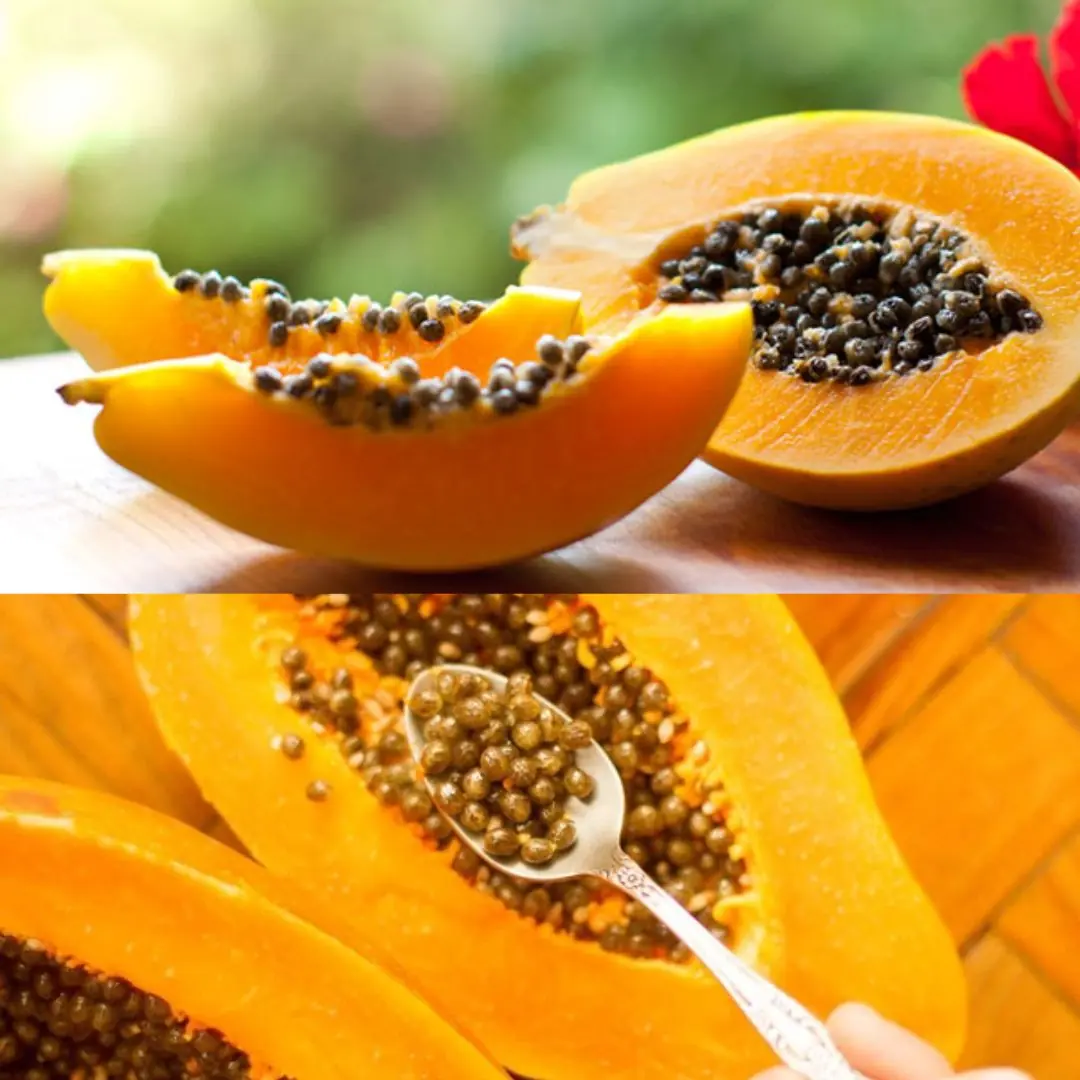
The Hidden Power of Lactuca serriola Root (Prickly Lettuce Root)
Deep beneath the earth lies one of the most underrated parts of the wild lettuce plant — the root of Lactuca serriola, also known as prickly lettuce or wild lettuce. While the leaves and the milky sap of this plant are more commonly recognized for their relaxing and mild sedative effects, the root contains a surprisingly rich concentration of natural compounds that have made it a valuable ingredient in traditional herbal medicine for centuries. Herbalists from diverse cultures have long turned to this robust, earthy root for its calming, detoxifying, and pain-relieving properties, highlighting its enduring role as a natural healer.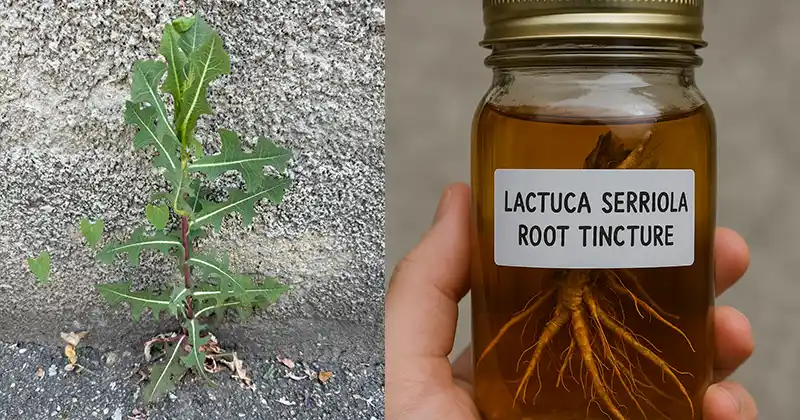
The Potent Compounds Within the Root
The root of Lactuca serriola is packed with unique bitter compounds such as lactucopicrin and lactucin, which are primarily responsible for its notable medicinal effects. These substances interact with the nervous system to help the body manage pain and stress naturally. Unlike the leaves, which tend to lose potency as the plant ages and dries out, the root maintains its strength even after the above-ground parts wither, making it an especially reliable source of the plant’s therapeutic benefits.
10 Incredible Benefits of Lactuca serriola Root
Here are some of the most significant health benefits attributed to the root, explaining why it has earned respect across many traditional healing systems:
1. Natural Sedative and Relaxant
The root contains mild sedative compounds that gently calm the nervous system, reduce restlessness, and promote deep, natural sleep without the grogginess often associated with pharmaceutical sleep aids.
2. Pain Relief (Analgesic Properties)
Traditionally used as a natural painkiller, Lactuca serriola root can soothe various types of pain including headaches, muscle tension, menstrual cramps, and joint discomfort.
3. Stress and Anxiety Support
By naturally influencing neurotransmitter receptors related to mood, the root helps foster a sense of relaxation and emotional balance, especially during stressful periods.
4. Anti-inflammatory Effects
The root’s anti-inflammatory properties help reduce internal inflammation, making it beneficial for conditions like arthritis, gout, and mild swelling.
5. Liver and Kidney Detoxifier
Boiled root water has been used as a gentle detoxifying tonic that supports the liver and kidneys in flushing out toxins, promoting overall body purification.
6. Improved Digestion
The bitter compounds stimulate digestive enzyme production, enhancing digestion and alleviating symptoms such as bloating and constipation.
7. Respiratory Health Support
In traditional remedies, infusions of the root were used to relieve coughs, mild asthma, and chest congestion by naturally clearing the airways.
8. Enhanced Circulation
The purifying effects of the root extend to the bloodstream, improving oxygen delivery and supporting healthier circulation throughout the body.
9. Immune System Boost
Its natural constituents strengthen the body’s immune defenses, helping to ward off common infections and reduce fatigue.
10. Muscle Spasm and Cramp Relief
Thanks to its mild antispasmodic action, root tinctures can help relax tense muscles and reduce involuntary spasms or cramps.
⚠️ Important Safety Notice
While Lactuca serriola root is a powerful natural remedy, it should always be used in moderation. Taking large amounts can lead to side effects such as nausea, dizziness, or excessive drowsiness. Pregnant or breastfeeding women, as well as individuals on sedative medications, should avoid using it unless under the supervision of a qualified healthcare professional. This information is intended for educational purposes only and does not replace professional medical advice. Always consult your healthcare provider before starting any herbal treatment.
How to Use Wild Lettuce Root at Home: Traditional Preparation Methods
There are several easy and time-tested ways to benefit from the healing powers of Lactuca serriola root in your own kitchen:
1. Root Tincture (Most Popular Form)
Ingredients:
-
Fresh or dried wild lettuce roots
-
70% alcohol (vodka, grain alcohol, or similar)
-
Glass jar with a tight-fitting lid
Instructions:
-
Clean the roots thoroughly and chop into small pieces.
-
Fill the jar halfway with the chopped roots.
-
Pour alcohol over the roots until they are fully submerged.
-
Seal the jar tightly and store it in a cool, dark place for 3–4 weeks, shaking gently every few days.
-
Strain the liquid and transfer it into a dark glass bottle for storage.
Usage: Take 5–10 drops diluted in water or herbal tea once or twice daily to help with relaxation and mild pain.
2. Soothing Boiled Root Tea
Ingredients:
-
1 small piece of fresh or dried root
-
2 cups water
Instructions:
-
Cut the root into small pieces.
-
Boil in water for 15–20 minutes.
-
Let it cool slightly, then strain.
-
Sip slowly, preferably before bedtime to encourage restful sleep.
3. Root Powder
If you prefer a more concentrated form, dry the roots completely and grind them into a fine powder using a grinder.
Usage: Mix about ⅛ teaspoon of powder into warm water or honey once a day. It can also be added to herbal teas for a slightly bitter but calming effect.
4. Warm Root Compress for Pain Relief
Instructions:
-
Boil root pieces for 15 minutes.
-
Soak a clean cloth in the warm liquid.
-
Apply the compress to sore muscles or joints for 10–15 minutes for localized pain and inflammation relief.
Storage Tips
-
Dried roots keep well for up to one year if stored in airtight containers away from light and moisture.
-
Tinctures, thanks to their alcohol content, can remain potent for several years.
-
Always clearly label your homemade preparations and keep them in a cool, dark cupboard.
Final Thoughts
The root of Lactuca serriola reveals that the true strength of a plant often lies hidden beneath the soil. With its calming sedative effects, anti-inflammatory properties, and gentle detoxifying actions, it has earned a place among nature’s most treasured herbal roots. When prepared carefully as a tincture, tea, powder, or compress, it offers a natural, traditional approach to supporting overall wellness—balancing body and mind with the wisdom of ancient herbal medicine.
News in the same category

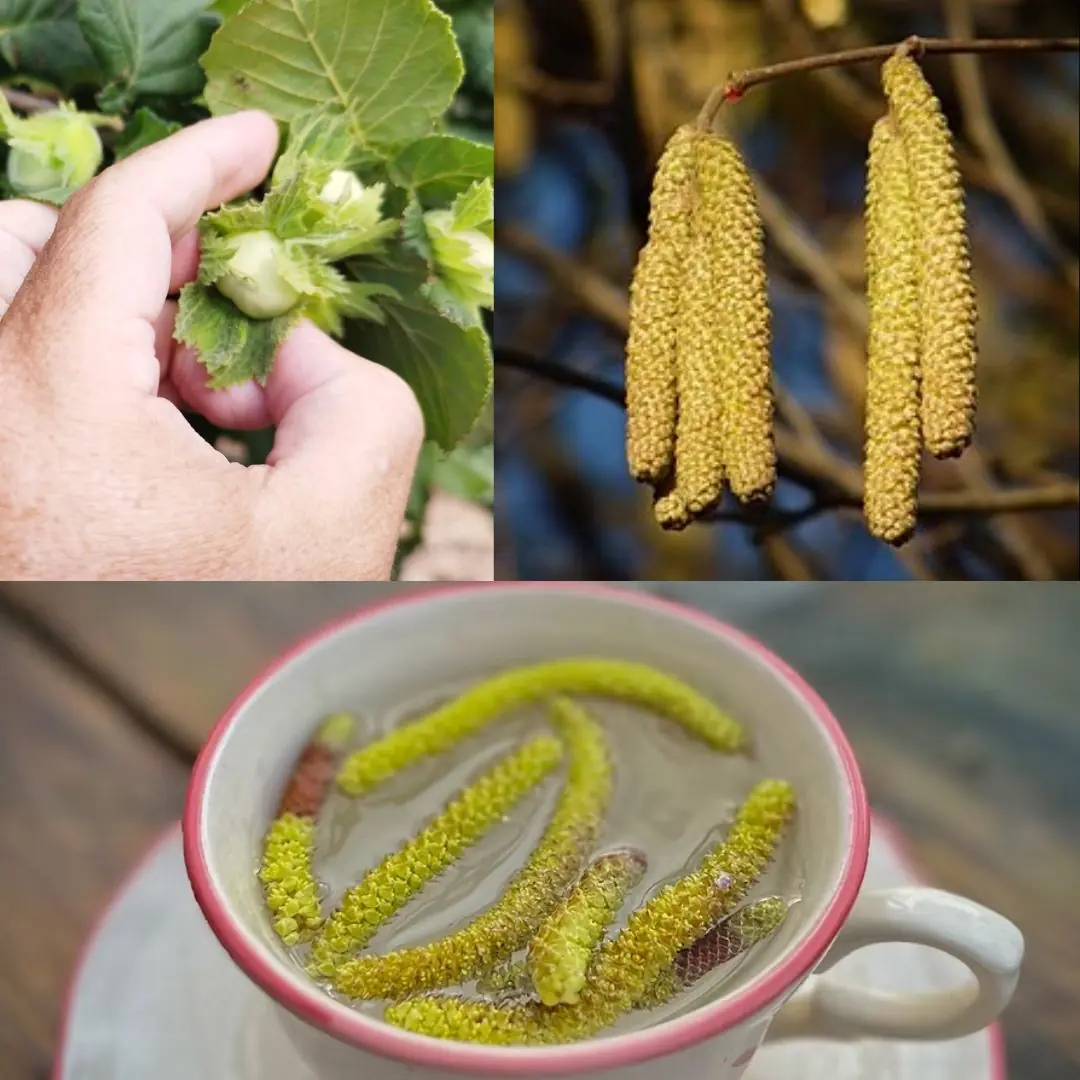
The Wonderful Hazel Tree (Corylus avellana): Nutrition, Healing, and Traditional Uses of Every Part
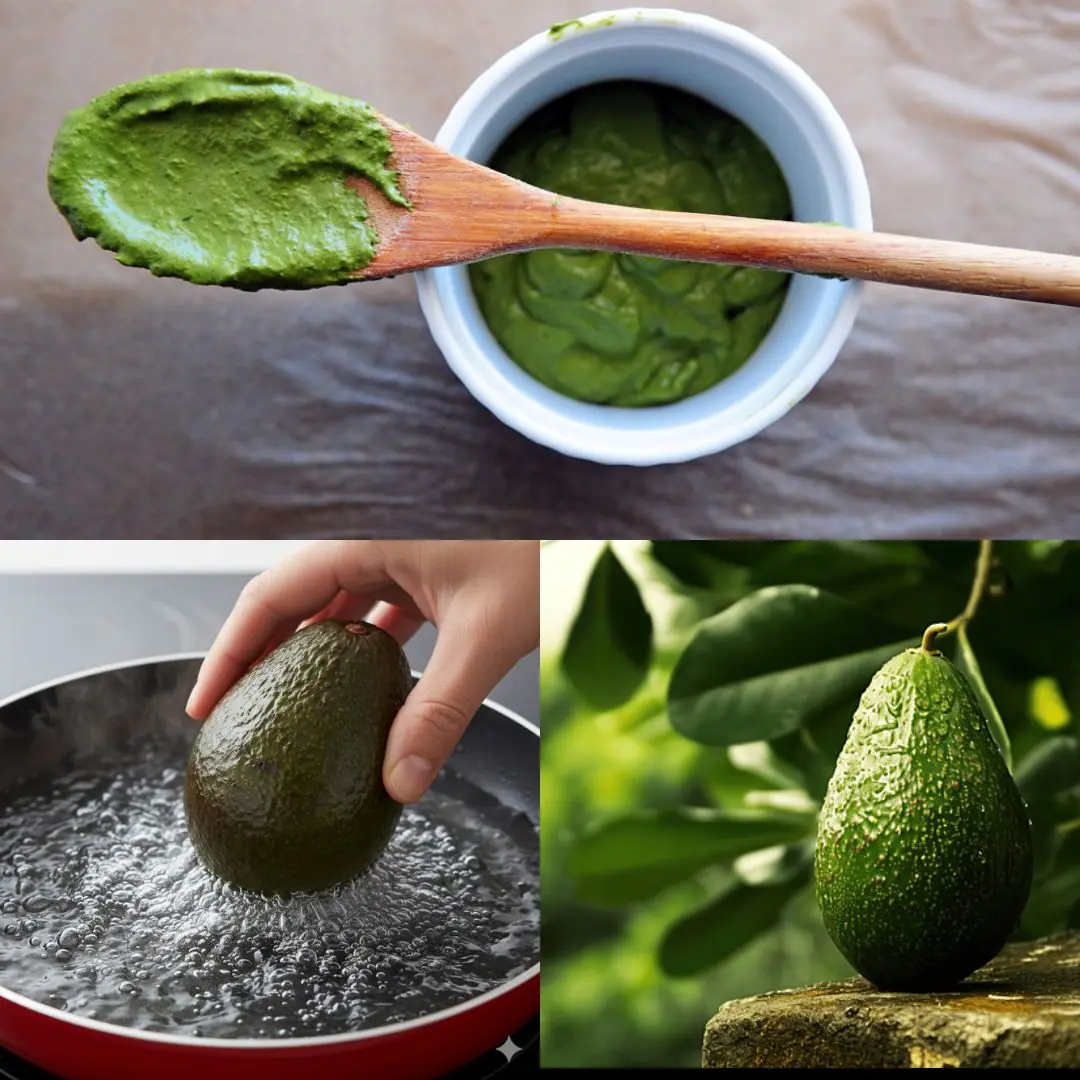
Boiling a Whole Avocado: The Secret to Softness, Nutrition, and a Delicious Baked Recipe
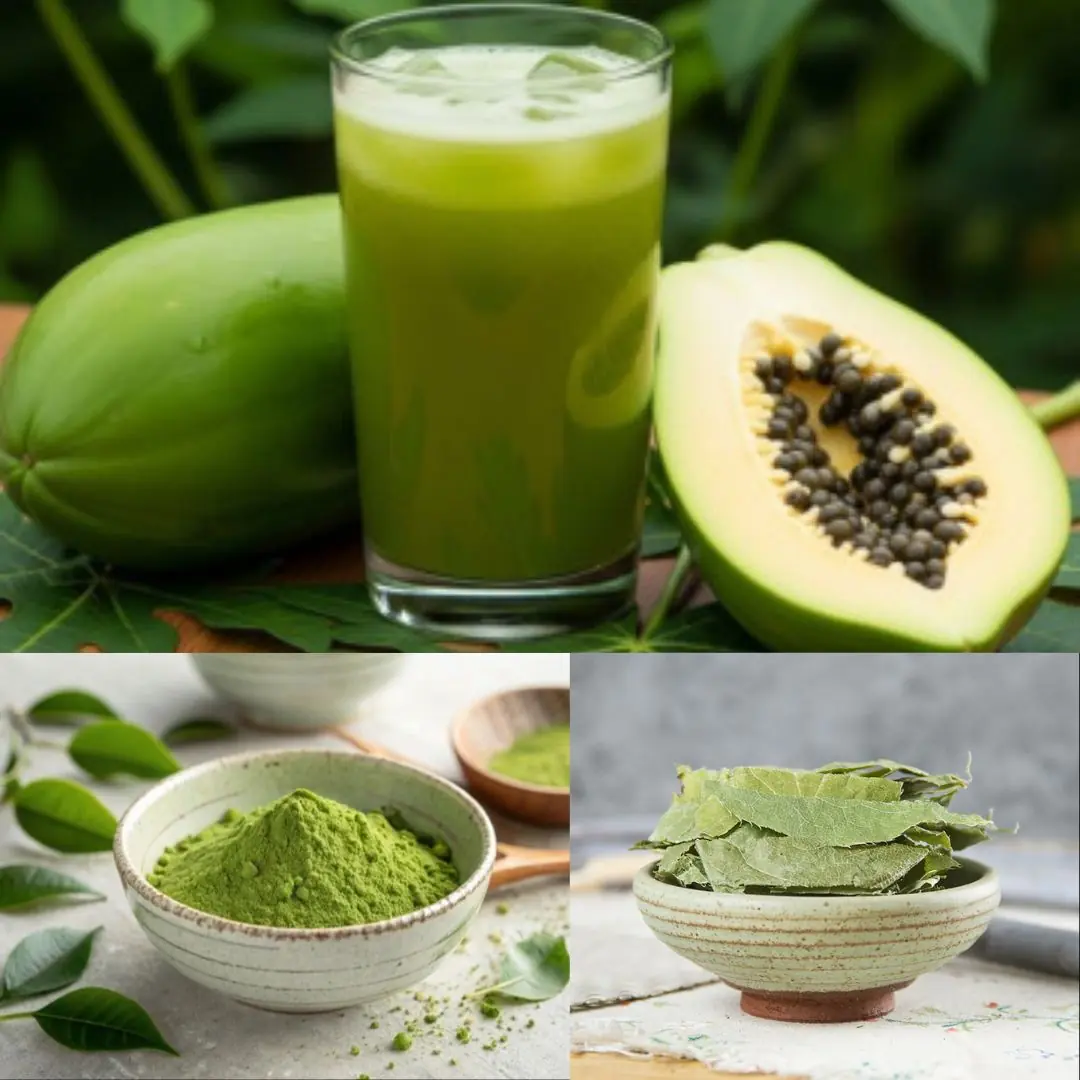
The Hidden Healing Power of Papaya Leaves
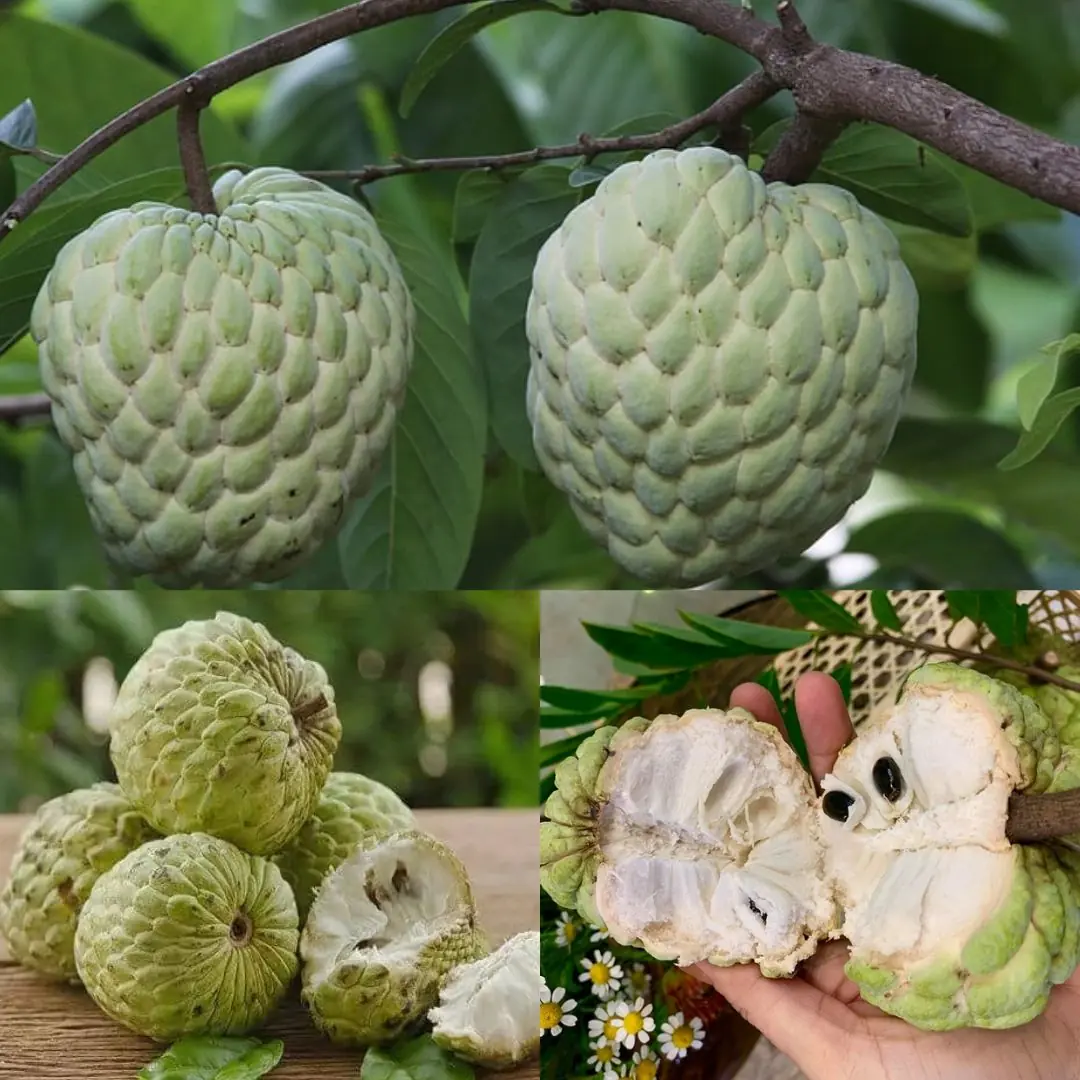
Sugar Apple (Annona squamosa): A Sweet Fruit with Powerful Health Benefits

25 Worrying Signs Your Body Is Trying to Warn You of Serious Health Problems (and What to Do About Them)

Maple Trees from Root to Crown: A Complete Guide to Every Edible Part
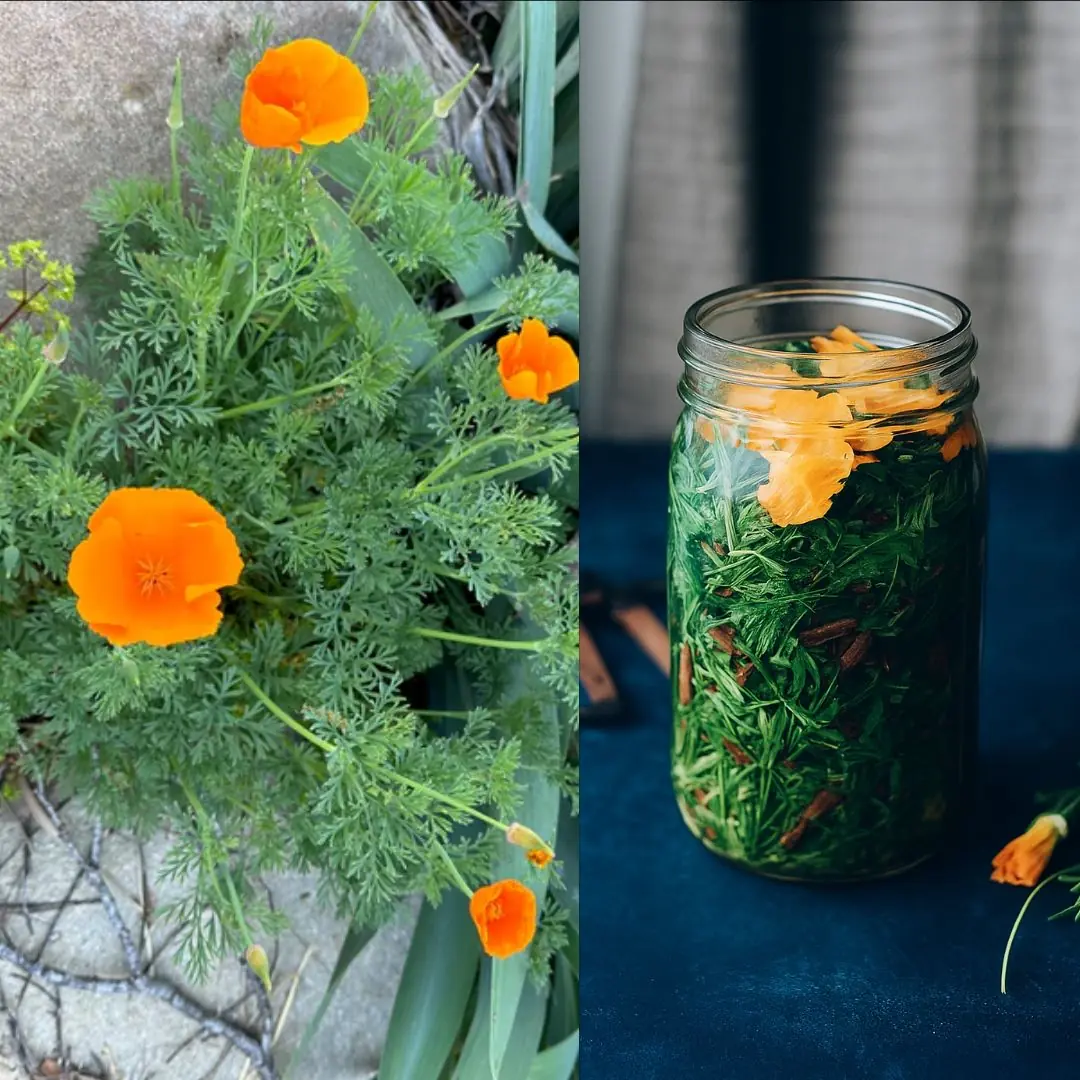
California Poppy: Nature’s Gentle Remedy for Relaxation and More
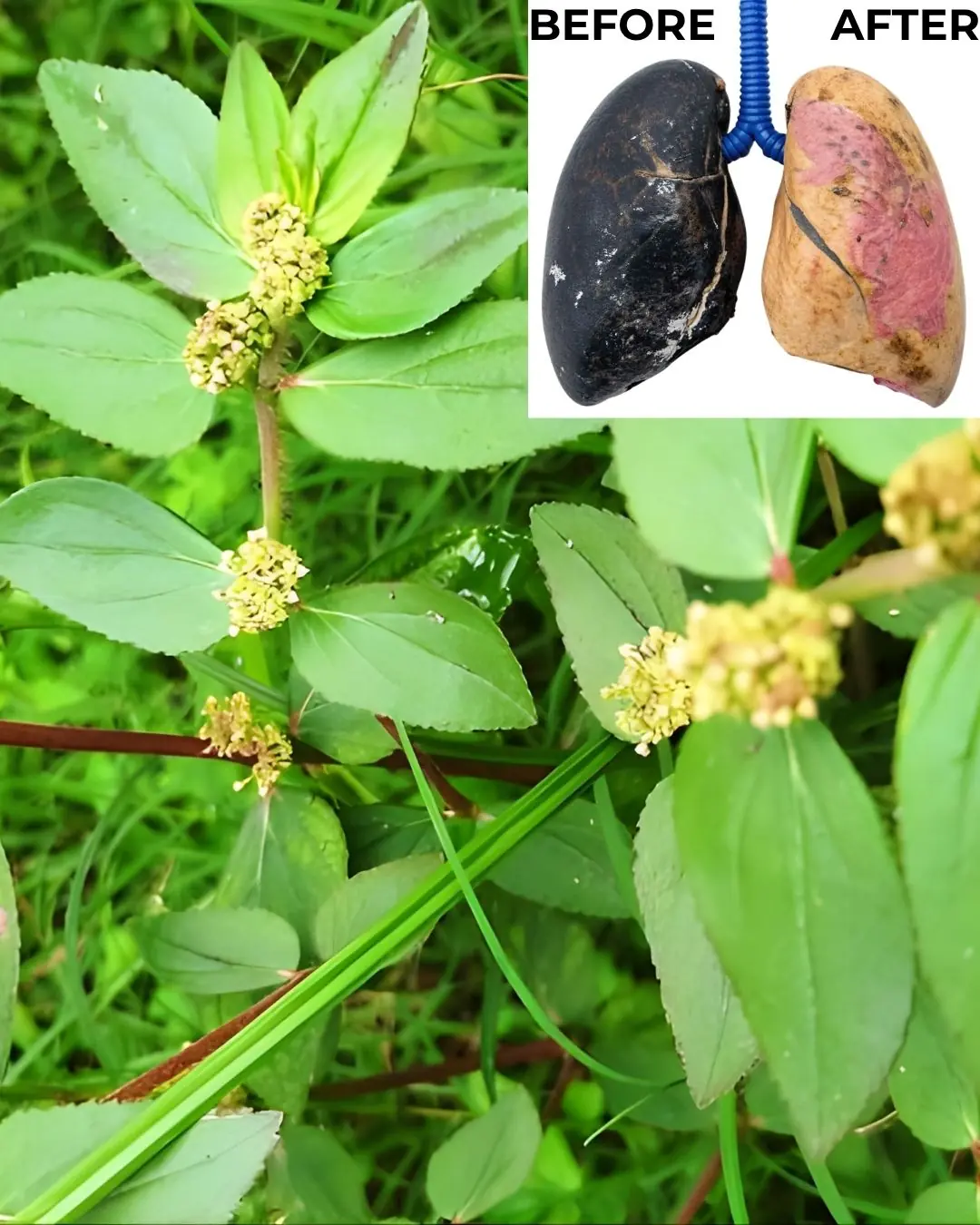
Euphorbia Hirta: 30 Benefits and How to Use It Safely

The Hidden Power of Common Lantana (Lantana camara): What You Can Safely Do with It at Home

Turn Papaya Leaves Into a Powerful Homemade Detergent

Wild Lettuce Root – Benefits, Uses, and Natural Pain Relief Properties

The Datura Genus: Why You Should Keep Your Distance from These Toxic Plants

Pokeweed: The Attractive but Highly Toxic Plant Growing in Your Backyard
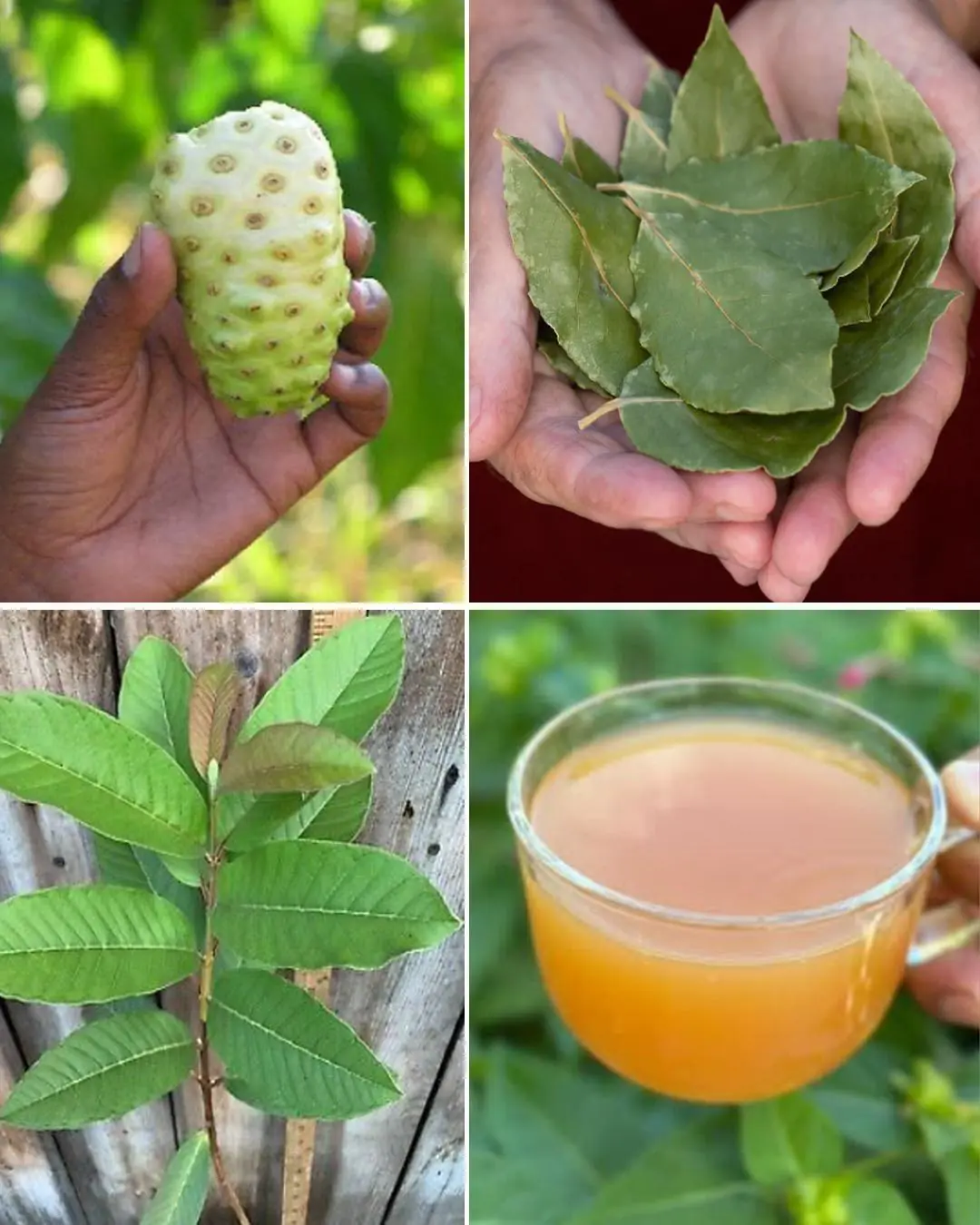
The Ultimate Healing Tonic: A Powerful Drink to Combat Swollen Feet, Diabetes and Poor Circulation
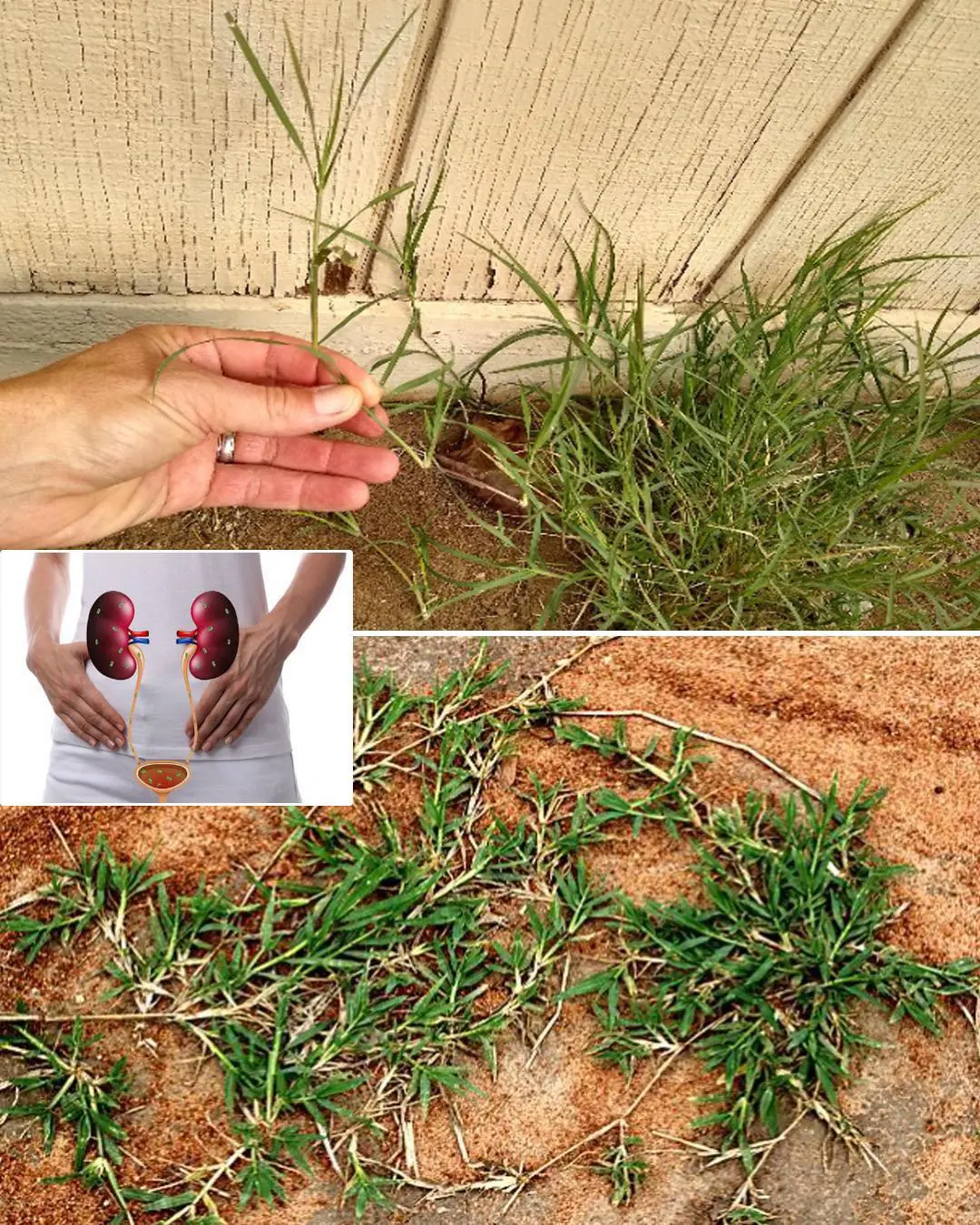
Cynodon dactylon (Bermuda Grass): Benefits and Uses
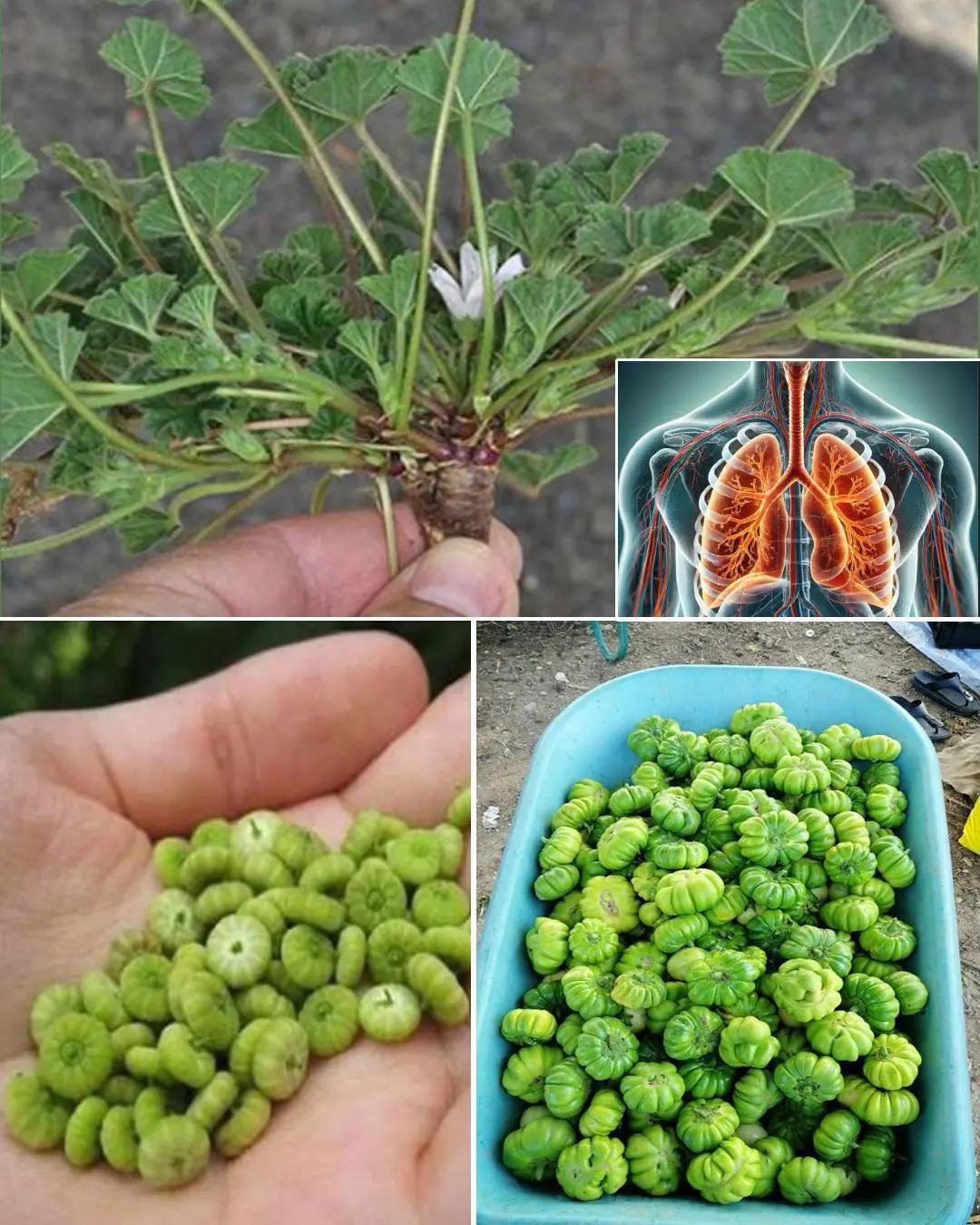
Exploring the Health Benefits of Common Mallow: A Nutritional Powerhouse
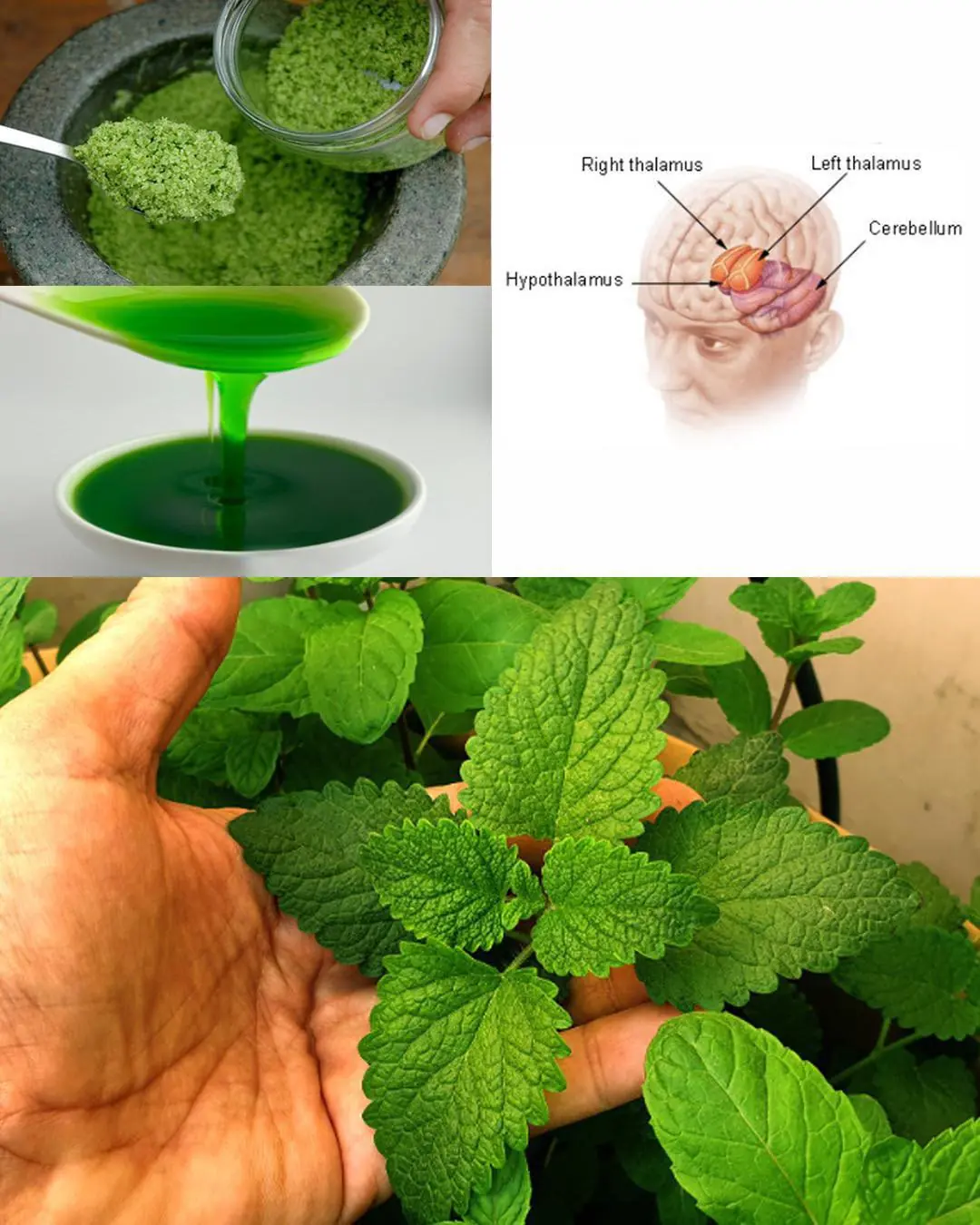
Mint: The Miracle Herb for Health, Healing, and Refreshment
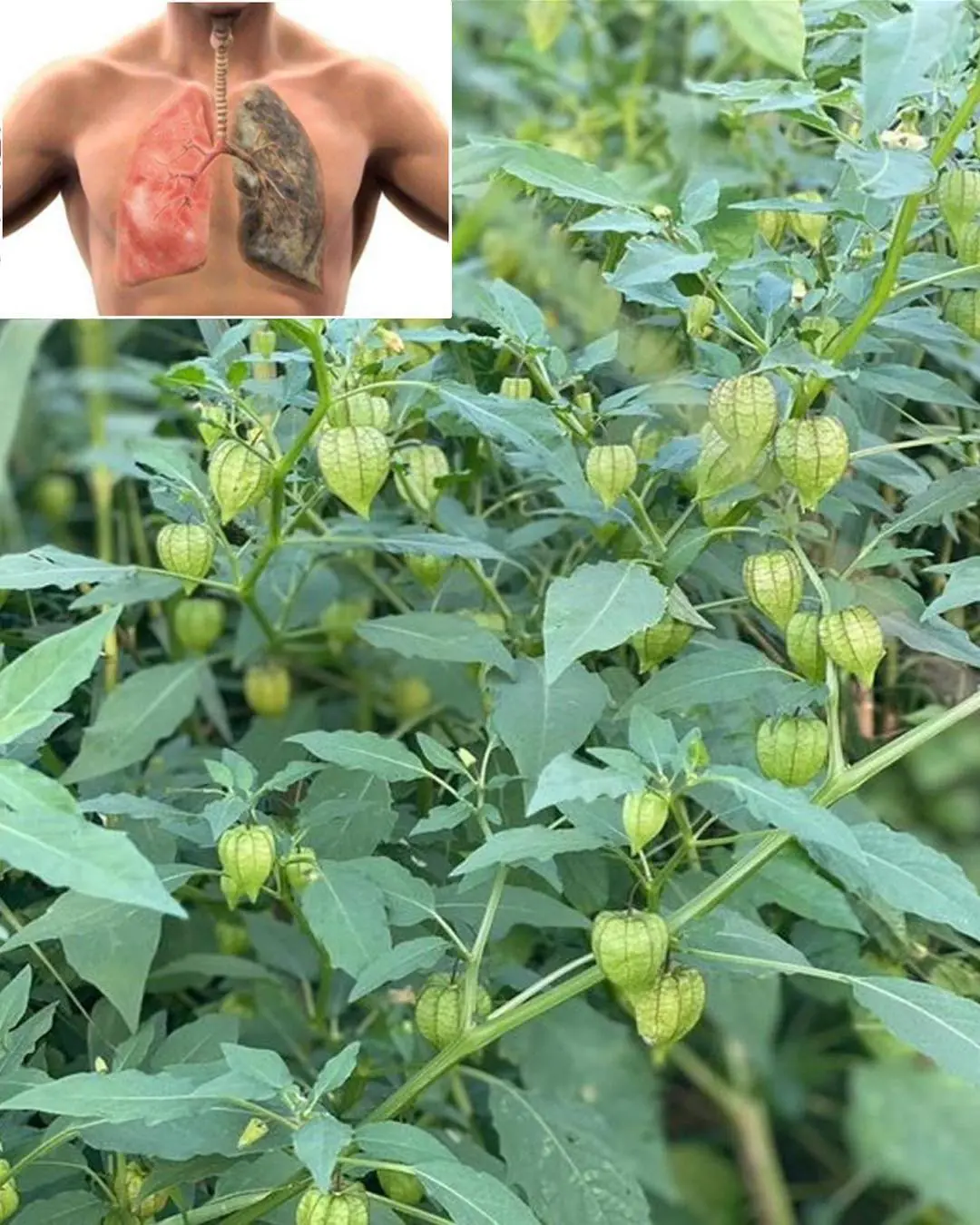
Goldenberries (Physalis peruviana): A Nutrient-Packed Powerhouse for Health and Vision
News Post

The Powerful Health Benefits of Papaya Seeds: Why You Should Include Them in Your Diet

The Wonderful Hazel Tree (Corylus avellana): Nutrition, Healing, and Traditional Uses of Every Part

Boiling a Whole Avocado: The Secret to Softness, Nutrition, and a Delicious Baked Recipe

The Hidden Healing Power of Papaya Leaves

Sugar Apple (Annona squamosa): A Sweet Fruit with Powerful Health Benefits

If you find a centipede at home, here is what it means...

Why We Feel That Little Electric Sh0ck When We Touch Another Person—Science Explains

If a Man Doesn’t Appreciate You, Here’s What You Should Do

25 Worrying Signs Your Body Is Trying to Warn You of Serious Health Problems (and What to Do About Them)

Why You Should Stop Waking Up to Urinate

4 types of vegetables are full of parasites but many people still eat them raw every day

Hidden Dangers in Your Mouth: Early Signs of Oral Cancer

Maple Trees from Root to Crown: A Complete Guide to Every Edible Part

7 Signs of Arthritis You Shouldn't Ignore

California Poppy: Nature’s Gentle Remedy for Relaxation and More

What is its purpose. see details

When a woman stops loving a man, she begins…

5 hygiene mistakes that many people make... but no one dares to talk about...
